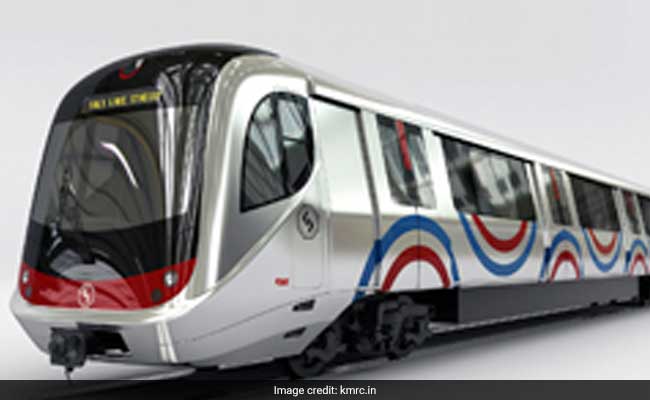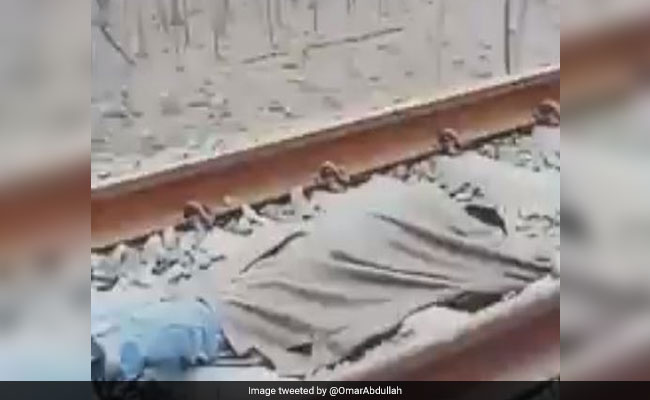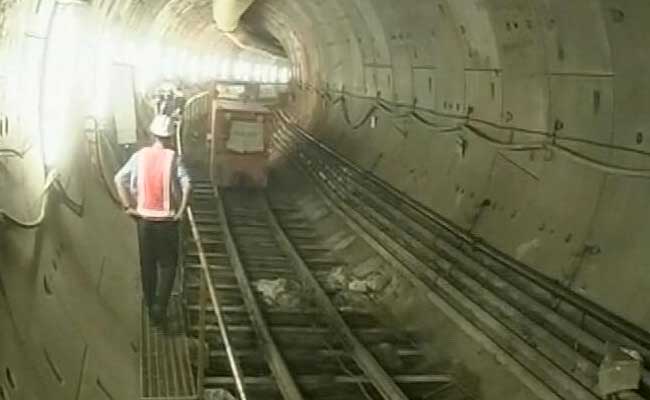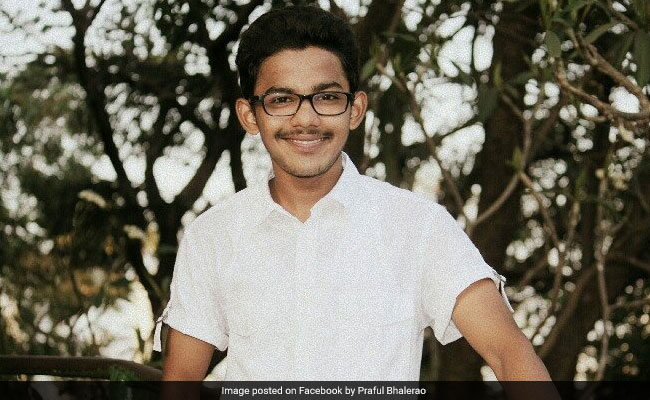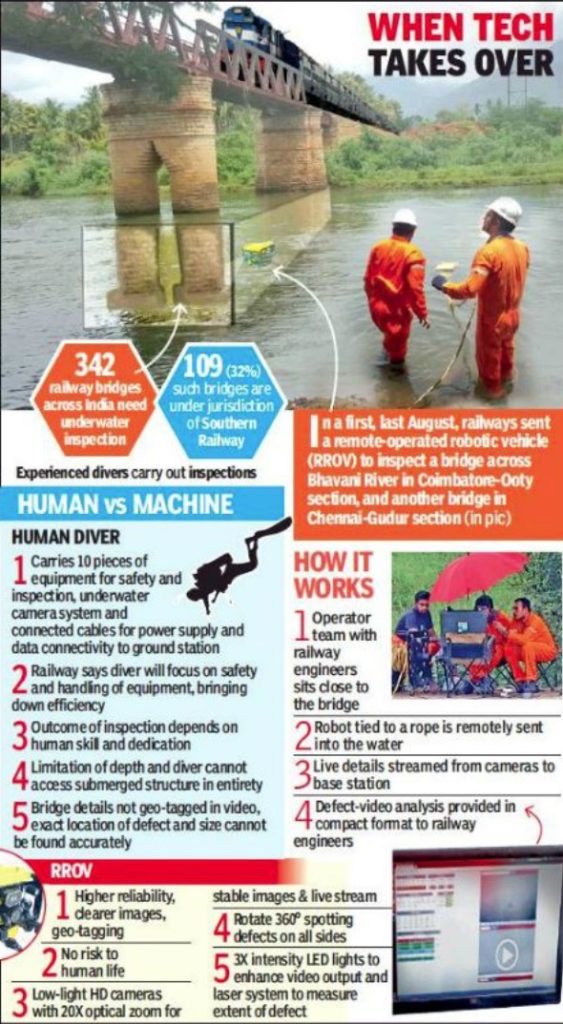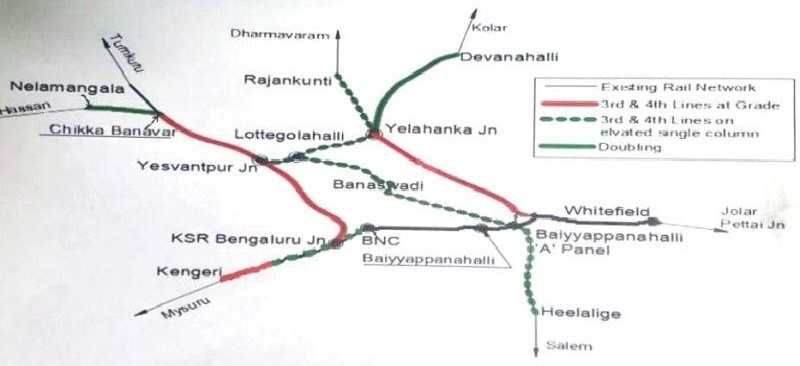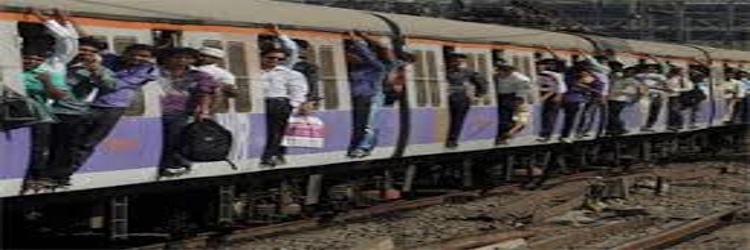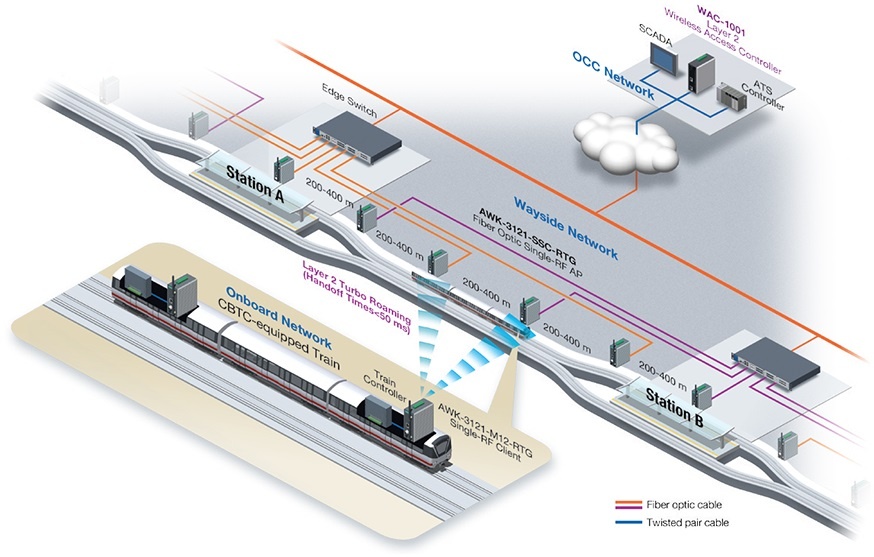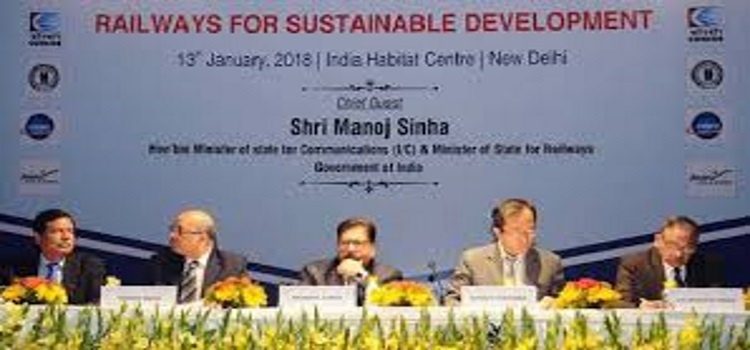
Railway Minister Piyush Goyal has confirmed that his ministry is considering a proposal for transferring the Railway Protection Force (RPF) from Railways to the Ministry of Home Affairs (MHA).
Goyal on Sunday visited the Matunga railways station, which is entirely run by women, to felicitate the staff after the station entered the Limca Book of Records for the feat.
Later, while addressing the media, Goyal when asked about the rumours of RPF being transferred to the MHA, said, “We are very much considering the transfer of RPF from Railways to MHA.”
He used the occasion to caution the RPF personnel against continuing with the associations formed by them, calling such associations are illegal and out of place.
Asking them to voluntarily dissociate with such associations, he said the RPF, being a national security force, was not permitted to have such groupings. Forming associations for the purpose of socio-cultural activities was alright but the association set up by the RPF personnel was actually acting like a union, he said.
“My appeal to all RPF officers and staff is to disband the association so that we can continue to have them under the Railways otherwise my hands will be forced for take some drastic steps,” Goyal said.
A senior official from RPF pointed out that at present, the force has an association which influences transfers, and thus encouraging indiscipline in the force.
Under MHA, any security agency will be banned from forming any kind of association. A senior officer pointed out: “The move will further benefit Indian Railways as the cost incurred by the railways in maintaining the RPF, which is now to the tune of Rs 500 crore, will then be taken care by MHA.”
The Bibek Debroy Committee on restructuring of the railways had recommended transferring RPF to MHA.
It is felt that the move to bring RPF under the umbrella of MHA will also help modernise the force and enhance its effectiveness as more posts will be created and more funds will flow in.
The move to transfer RPF to MHA will also make way for bringing in the concept of federal policing with one security agency for the railways. At present, the offences of theft of railway property are being looked into by the RPF while the law and order, which is a state subject, is being dealt with by the Government Railway Police (GRP).
The transfer to MHA will also enable the RPF to conduct investigations in an impartial manner without the fear of being accountable to the railway administration in case of conflict of interest.
2018-19 will be women’s safety year: Piyush Goyal
Railway minister Piyush Goyal visited Central Railway’s Matunga station on Sunday, which now boasts of an women staff (51 staff). The minister announced that the year 2018-19 will be the Women safety year for the railways and special emphasis shall be given on preventing of human trafficking, with focus on children and women on railway premises. He also informed that soon we may see elevated railways over national highways.
To work on the safety of women and stop harassment or molestation on railway premises, the suburban local coaches will have CCTV installed. “The footages from the camera will be sent across to RPG, GRP and even local city police,” said Goyal.
In the anti-human trafficking and safety of woman issues, the minister claimed that he has asked the Director General of RPF to have one single number where a complainant can call throughout the country. He also said that “we don’t need just manpower, but also modern CCTV cameras to tackle the issue of security.”
